Masters - Creating a trading Plan
Now that you are knowledgeable about various tools of technical analysis and understand the importance of maintaining the correct mindset ...

Creating Your Trading Plan
Now that you are knowledgeable about various tools of technical analysis and understand the importance of maintaining the correct mindset to become a successful trader, it is time to create and visualize your plan! This doesn’t mean you can skip the Master’s level, assuming you have everything planned in your head. It’s essential to construct your trading vision as a business plan, detailing clear steps to maintain your success in the market. As Winston Churchill said, "He who fails to plan is planning to fail."
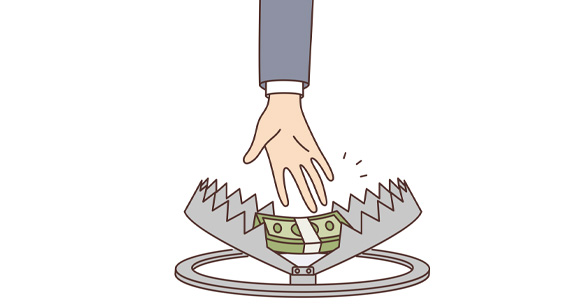
Self-Control Assessment
Before making any analytical decisions or executing trades, it’s crucial to carry out a self-control assessment. Your success and longevity in the market will depend on your ability to maintain a clear, centered mind before executing a trade. When traders make mistakes, they are often aware of their errors and recognize that the resulting suffering is self-inflicted.
Common mistakes include:
- Using too high of a volume size
- Moving stop losses
- Entering too many trades at once You are the only one in control of your actions in the market. Along your trading journey, you will confront your inner demons, but this is part of the journey of self-development and discipline. The temptation to place a trade just to be in the market will always be there. From the moment you open your laptop, your mind will race to find your next entry fix. The shift from this mindset to the concept of "less is more" can be challenging but ultimately rewarding for both your psyche and your pocket!
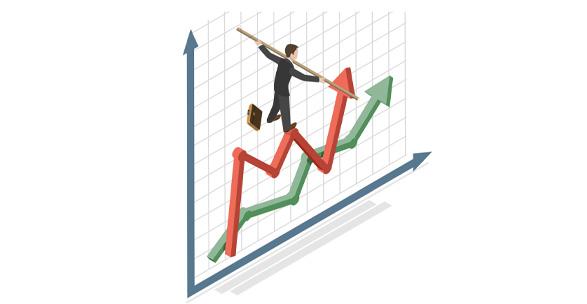
Self-Assessment
Be honest with yourself. Are you truly ready? Is your trading system tested and foolproof? Have you banked consistent pips over a significant period, or are you diving in blindly, hoping to survive? If it’s the latter, then you’re not ready, my friend—abort mission! A demo trading account is an excellent starting point before risking your hardearned cash. These accounts are accessible through online brokerage platforms, typically via free software like MetaTrader 4. Remember, for analysis, you should use a separate professional platform, only using the broker platform to execute trades. Brokers can manipulate the market behind the scenes! As mentioned before, trading is a business that should be well-documented. Astonishingly, 90% of traders fail to document their progress or analyze why specific trades failed. If you aspire to be a successful trader, you must begin selfassessment from your first trade and continue throughout your trading career.
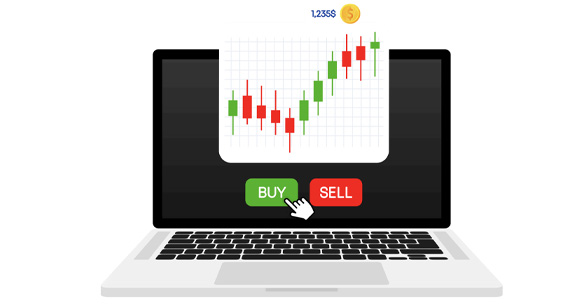
Start by asking yourself these questions:
- Have I treated my demo account as I would my own money?
- Am I aware of the strategies that enhance my performance the most?
- Am I ready to risk my own capital?
- Have I traded a demo account long enough? If yes, have I focused on pips and percentage wins and losses?

Risk Level
As a trader, you are responsible for deciding the exact amount you’re comfortable losing. There’s no logic in feeling frustrated at your laptop, phone, or currency pair when you are the one controlling the risk with each trade you execute. A common mistake among many traders is determining their risk level only after entering a trade. This is insane and will eventually lead to disaster. Each trade should be planned with a stop loss and target level before you press buy or sell. Furthermore, you should make trading decisions when you are calm, cautious, and relaxed. If you’re acting impulsively or seeking to make big money overnight, you’re setting yourself up for failure. Risk is a constantly changing variable that depends on your financial background. Therefore, you must factor your personal financial standing into your risk management. Those with more capital may not be as affected by losing a certain amount as a trader with less capital.
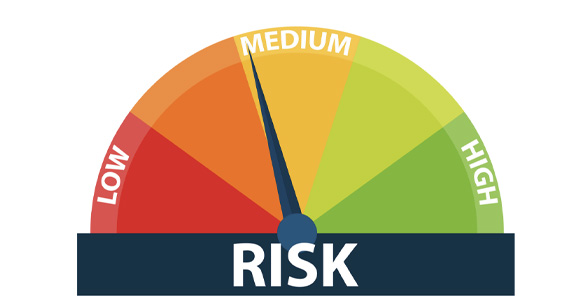
Trade Execution:
The reasoning behind each trade execution will vary from the last. Always
remember, you are only as good as your last trade! Mental and financial
preparation are key to surviving in the market, and this must be approached with
care. You should construct your trading plan over a 6–12 month period while
focusing on your drawdown percentages, which will help you train your mind to
preserve your capital.
Retail traders often sabotage themselves by "fighting with time." New traders,
excited by the possibilities, are often too impatient to become proficient in
market analysis before depositing funds into their accounts.
Inexperienced traders will inevitably encounter losing streaks, and with weak
psychological resilience, they may go to extreme lengths to recover their losses—
usually by increasing their risk substantially instead of taking a step back to
evaluate the situation.
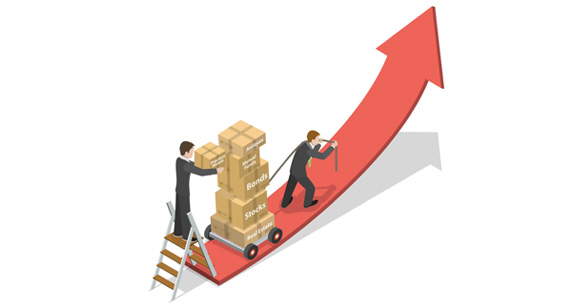 The market isn’t going anywhere, so take your time to grow as a trader at your own
pace. If you don’t make wise risk-reward decisions, it could lead to destruction.
We’re all human, and we all make mistakes! What will mold you into a successful
trader is how you overcome these mistakes and move forward.
Remember to start small, focus on percentages and pips, and as your confidence
grows, the monetary rewards will naturally follow.
The market isn’t going anywhere, so take your time to grow as a trader at your own
pace. If you don’t make wise risk-reward decisions, it could lead to destruction.
We’re all human, and we all make mistakes! What will mold you into a successful
trader is how you overcome these mistakes and move forward.
Remember to start small, focus on percentages and pips, and as your confidence
grows, the monetary rewards will naturally follow.
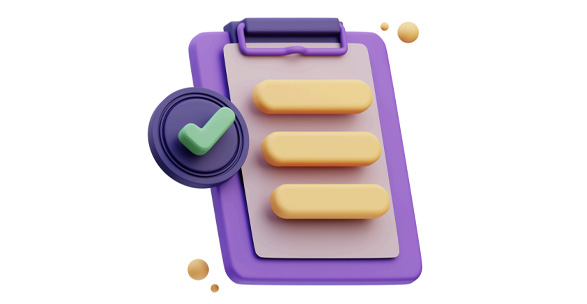
Goals
Many traders dream of conquering the market and being featured on the front
page of the Wall Street Journal. Some may dream of turning their first $5,000 into
$55 million. While such visions aren’t wrong, at some point, you’ll need to wake up.
Setting realistic goals is crucial.
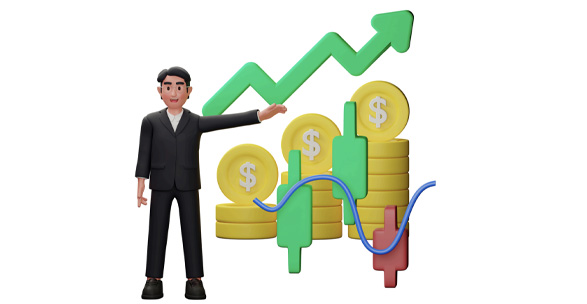 This doesn’t mean it’s impossible to become a millionaire one day, but you must
first understand that acquiring valuable skills takes time. Rome wasn’t built in a
day! Set monthly goals and develop an honest relationship with your trading
journal from the very beginning. Don’t be discouraged by losses—consider them
opportunities for self-development.
Forget about the specific dollar amount you want to make daily or how much you
want to multiply your account by. To become a successful trader, your primary
goal should be consistency: consistent analysis, consistent drawdowns, consistent
pip counts, and a consistent positive attitude!
You could flip an account from $1,000 to $2,000 in 30 minutes, but that’s a
reckless trade. In forex, there’s a saying: "Money made by mistake is like a loan with a very high default rate." This means that even if you succeed in high-risk
trading, one day your luck will run out, and you’ll lose all your profits.
Trading is a skill and profession, not a gamble. To conclude,
your trading plan must be as honest and organized as
possible. Further questions to include in your plan are:
This doesn’t mean it’s impossible to become a millionaire one day, but you must
first understand that acquiring valuable skills takes time. Rome wasn’t built in a
day! Set monthly goals and develop an honest relationship with your trading
journal from the very beginning. Don’t be discouraged by losses—consider them
opportunities for self-development.
Forget about the specific dollar amount you want to make daily or how much you
want to multiply your account by. To become a successful trader, your primary
goal should be consistency: consistent analysis, consistent drawdowns, consistent
pip counts, and a consistent positive attitude!
You could flip an account from $1,000 to $2,000 in 30 minutes, but that’s a
reckless trade. In forex, there’s a saying: "Money made by mistake is like a loan with a very high default rate." This means that even if you succeed in high-risk
trading, one day your luck will run out, and you’ll lose all your profits.
Trading is a skill and profession, not a gamble. To conclude,
your trading plan must be as honest and organized as
possible. Further questions to include in your plan are:
- How many times a day will I check the market?
- What currency pairs will I trade?
- How many trades will I be in at one time?
- What is my maximum risk on my account?
- What type of trader am I?
- What will my trading style be?